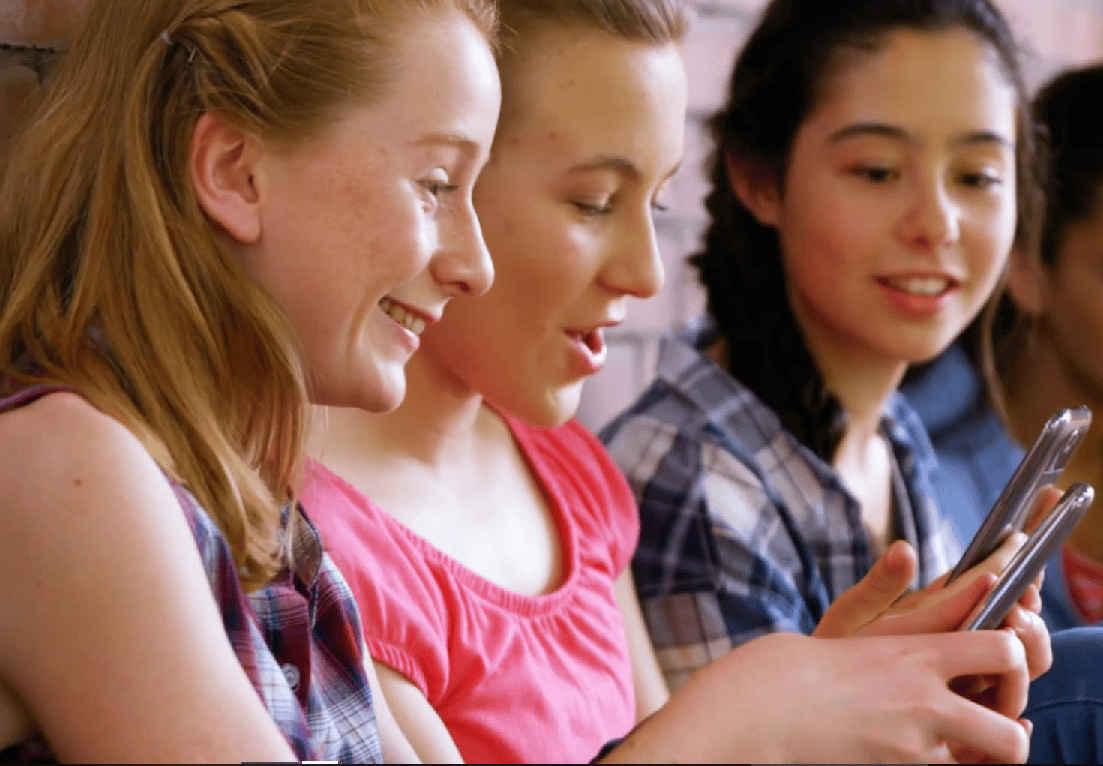Self-Monitoring Apps Help Students Improve Behavior and Time On-Task

|
Getting your Trinity Audio player ready...
|
Teachers often report that keeping students focused on the task at hand is a challenge. While there are many strategies to improve time on-task and behavior in the classroom, research studies support the use of self-monitoring apps as one method for making a positive difference for students.
For more on this research see:
- Implementation of a self-monitoring application to improve on-task behavior: A high school pilot study
- Score-It Research
An app called I-Connect allows students to monitor their own behavior. Students get a question on their screen that asks “Am I on Task?” Students must tap yes or no. I-Connect takes the data from the students’ taps and graphs it, making it visible to the student and the teacher to review together at a later time.
A positive component about I-Connect, and similar apps, is that students and teachers can set goals together (e.g., coming to class prepared, staying focused on the task) and monitor the progress of those goals. Students become partners in the strategies for their own improvement. This is a pro-active approach, that gives students practice in self-control, which is not the case with re-active strategies such as after the fact scolding/sending to principal, etc.)
For more information on how to obtain the I-Connect App, contact the developer, Howard P. Wills Ph.D.
Pencil-and-paper self-monitoring strategies have been used for decades. Students would fill out photocopied score sheets during class and hand them in for review. Sometimes teachers would allow students to earn food or free time for reaching certain behavior-improvement goals. Current technological devices to help with on-task behavior include vibrating watches to cue students to get on task.
Paper and pencil self-monitoring can be slow or burdensome to complete. Also, the data generated is often only used for the daily tally, but is not necessarily collected and graphed in order to see patterns or progress over time. Papers often get lost as well. Technology-Based self-monitoring helps eliminate these drawbacks.
In another app called Score It, the student and teacher are frequently prompted to rate the student’s recent behavior, such as being respectful and being ready, on a sliding scale.
Both I-Connect and Score It have undergone years of testing with students of varying ages and ability levels. “The studies have typically included just a few students, because validation requires two trained observers to make detailed notes on each student’s behavior several times a minute – before, during and after the intervention.”
Reference: Can an App Prevent Students From Getting Distracted?
Teachers involved in the studies have pointed out that the app is helpful because it helps students see the power they have over their own choices and behavior. Students also seem to enjoy it because of the technology piece including the instant graphing progress.
A study in which two boys utilized I-Connect to attempt to increase their time on-task, demonstrated significant effects. For one student the app was used in math class. His time on-task improved from 19 percent to 63 percent. Another student utilized the app during writing lessons. His on-task behavior improved from 9 percent to 91 percent. Both students also improved academically in the classes where the app was used.
Self-monitoring should be specifically targeted to the student’s needs. If a student focuses well in reading, he doesn’t need to be bothered by an app every minute; however, if that same student can’t focus on a math sheet for more than three minutes, then the on-task reminders can be very helpful. The app can be used to set the reminders at specified intervals (e.g., every minute, every two minutes, etc.).
The type of self-monitoring that these apps allow gives students the opportunity to break up a big behavior challenge into manageable chunks. For some students it is overwhelming to focus on the whole day and what their behavior should look like. However, staying focused for two minutes, until the app checks in again to ask how it’s going, is much easier.
Students have reported that because many of them carry mobile devices anyway, there is not a stigma associated with this type of self-monitoring.
Teachers get to play a big role in how the app is utilized with the student. The teacher can program the app to target certain behaviors (e.g., Am I on-task? Am I in my seat? Are my hands to myself?). They can also set the frequency (how often will the student need to respond). Teachers can also determine how feedback will be given to the student, and if rewards will be offered. Parents, teachers and students can all come together as a team to discuss the goals and how the app will be utilized to best meet the needs of the student.
Apps like I-Connect and Score It are customizable; meaning that you can program them to check on once about something (e.g., Are you on time? Are you prepared?) and also have prompting for self-reflection on a particular behavior every two minutes (Am I in my seat?). One behavior can be checked every two minutes and another every five minutes. Targeted behaviors and goals can be tweaked and modified as needed.
Have you tried an app like this in your classroom? Which one do you use? What do you think of it? Do your students like it?
If you have not tried an app like this, would you consider using one? Why or why not?
I would love to hear from you! Comment below.
Education and Behavior – a research-based online library for parents, educators and counselors to be on the same page about effective strategies that work for children.







